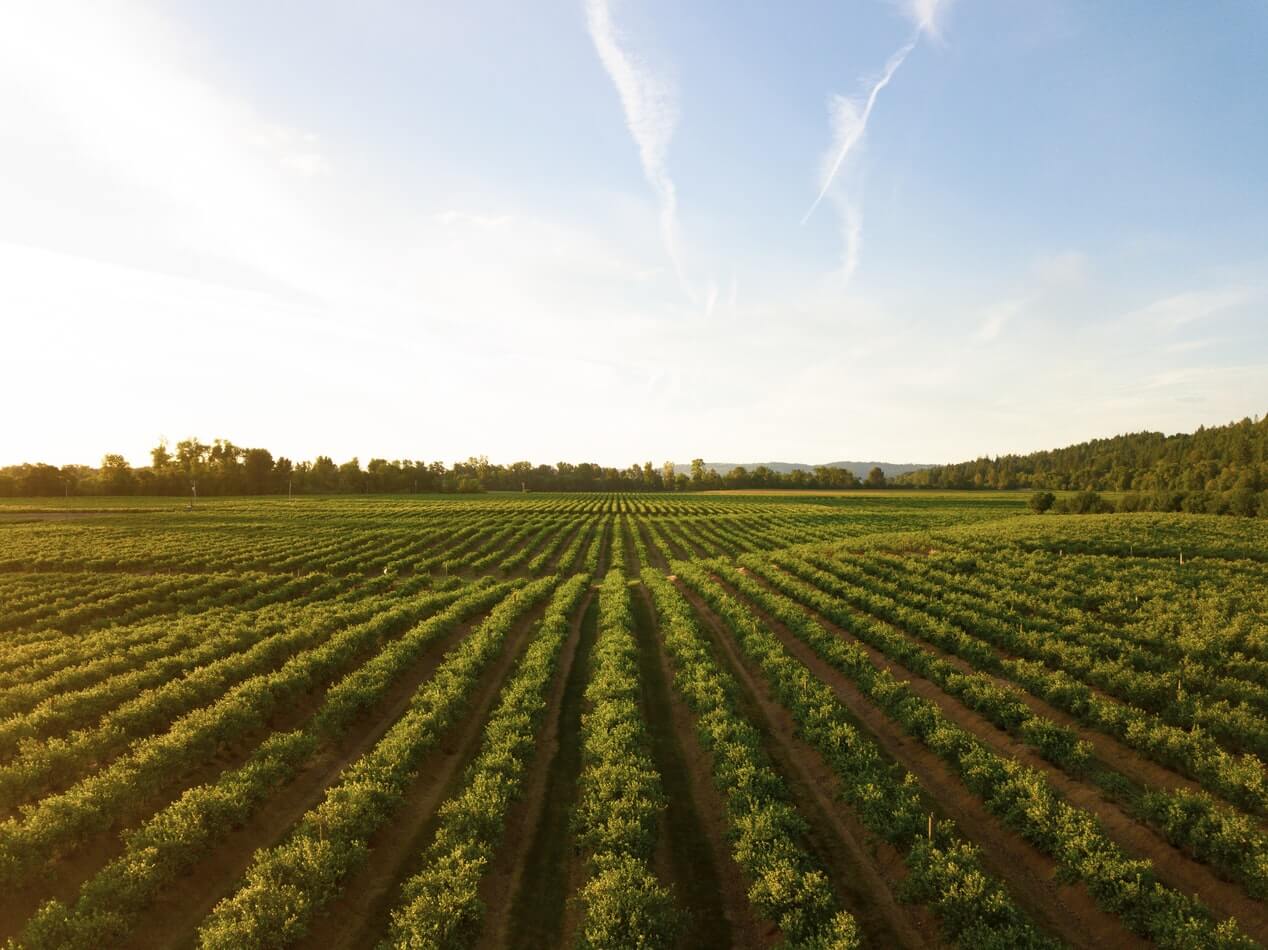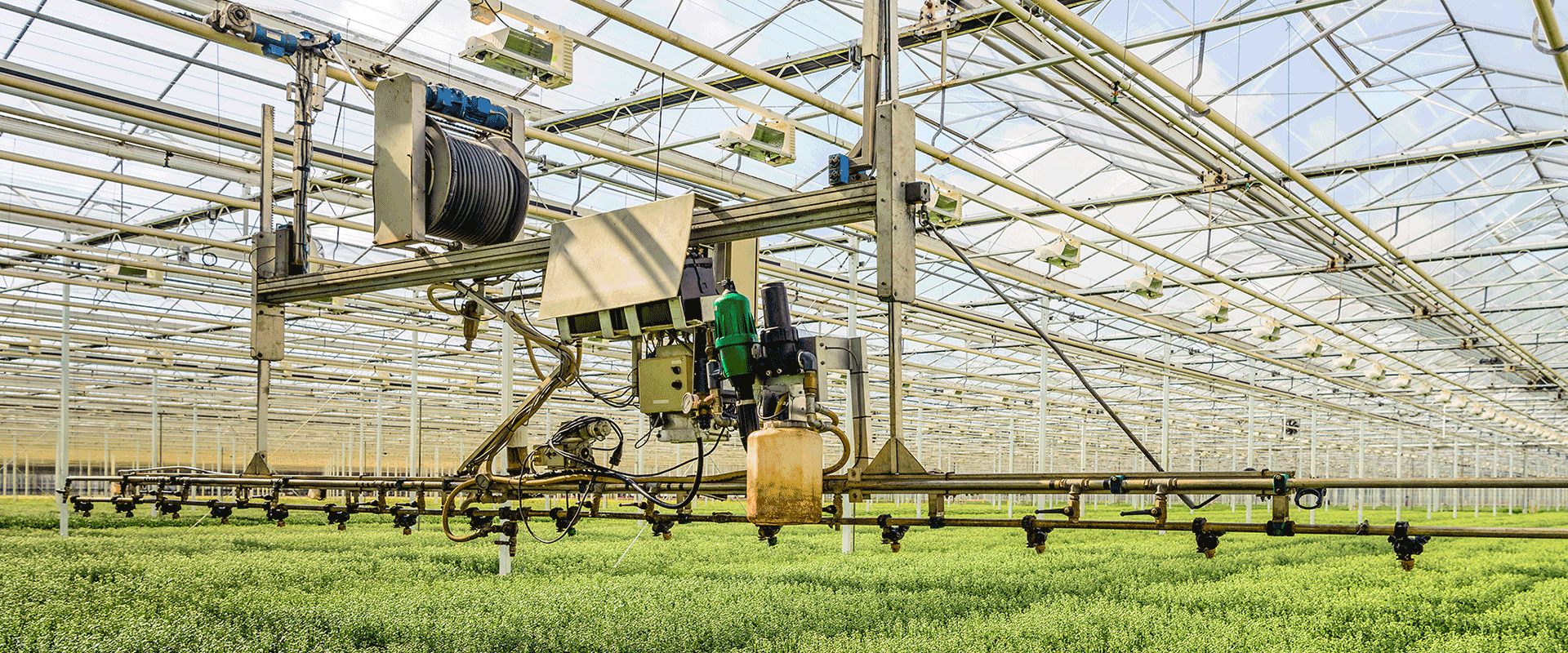Agricultural innovation has become a necessity as global food demand increases and environmental conditions grow more challenging. In response, scientists and farmers alike are turning to natural, sustainable solutions to enhance crop productivity while minimizing harm to the environment. One such breakthrough is the use of microalgae blends, which improve both crop yields and soil health. This article explores the role of microalgae in agriculture, how it functions, and its transformative benefits for modern farming.
What Are Microalgae?
Microalgae are microscopic, photosynthetic organisms found in both freshwater and marine environments. They are a rich source of nutrients, including proteins, fatty acids, vitamins, and minerals. Due to their small size, microalgae can multiply rapidly, making them an efficient and sustainable resource for a variety of industries, including agriculture.
There are thousands of different species of microalgae, each with unique characteristics. In agriculture, certain types of microalgae, particularly those high in nitrogen, phosphorus, and potassium, are used to enhance soil quality and boost plant growth.
The Importance of Soil Health
Healthy soil is fundamental to sustainable agriculture. It provides plants with the nutrients, water, and root support they need to grow. However, soil health is deteriorating in many parts of the world due to intensive farming, deforestation, and the excessive use of chemical fertilizers and pesticides.
Degraded soils lose their structure, become compacted, and lose their ability to retain water and nutrients. This leads to poor crop yields, increased susceptibility to pests and diseases, and a decline in biodiversity. Thus, restoring and maintaining soil health is crucial for ensuring long-term agricultural productivity.
How Microalgae Blends Improve Soil Health
Microalgae blends offer a natural, eco-friendly solution to improving soil health. Below are several key ways in which microalgae benefit the soil:
- Nutrient Enrichment
Microalgae are rich in essential nutrients that promote plant growth, such as nitrogen (N), phosphorus (P), and potassium (K). These nutrients are fundamental components of traditional fertilizers, but microalgae provide them in a more organic and sustainable form. When applied to soil, microalgae blends act as biofertilizers, releasing these essential nutrients over time.
For instance, nitrogen is a critical element in the formation of chlorophyll, the green pigment in plants that captures sunlight for photosynthesis. Microalgae can fix atmospheric nitrogen and convert it into a form that plants can readily absorb, boosting their photosynthetic efficiency and overall growth.
- Improving Soil Structure
Microalgae help improve soil structure by increasing the organic matter content. Organic matter is crucial for maintaining soil fertility as it enhances soil aggregation, improves water retention, and fosters the growth of beneficial microorganisms.
Soils rich in organic matter are more porous, allowing for better root penetration and improved drainage. They are also better equipped to withstand extreme weather conditions, such as heavy rainfall or drought. The incorporation of microalgae blends into farming practices can thus create more resilient soils capable of supporting healthy crops even under challenging environmental conditions.
- Water Retention
Water management is a critical issue in agriculture, especially in arid regions or during periods of drought. Microalgae play a significant role in improving soil water retention. The high organic matter content of microalgae creates a sponge-like effect in the soil, allowing it to hold more water. This not only reduces the need for frequent irrigation but also ensures that plants have access to water during dry spells.
Enhanced water retention also reduces soil erosion, a common problem in degraded soils. When soil retains more water, it is less likely to be washed away by rain or blown away by wind, preserving the topsoil layer where most nutrients are concentrated.
- Microbial Activity and Soil Biodiversity
Microalgae promote the growth of beneficial soil microorganisms, including bacteria, fungi, and other microbes that play vital roles in nutrient cycling and disease suppression. These microorganisms break down organic matter, releasing nutrients that plants can absorb.
Additionally, some microorganisms form symbiotic relationships with plant roots, enhancing the plants’ ability to absorb nutrients, particularly phosphorus. Microalgae help sustain these beneficial organisms by providing them with a steady source of energy and nutrients, thus fostering a more diverse and active soil ecosystem.
A healthy microbial population also contributes to the suppression of soil-borne diseases. Pathogenic fungi and bacteria often thrive in soils with poor biodiversity, but the introduction of microalgae can help create a balanced microbial community that limits the spread of harmful organisms.
- Carbon Sequestration
Another major benefit of microalgae blends is their role in carbon sequestration. Soils rich in organic matter can capture and store carbon from the atmosphere, reducing the amount of CO2 in the air. This process is crucial for mitigating climate change and reducing the agricultural sector’s overall carbon footprint.
By improving soil health, microalgae blends also help farmers implement more sustainable, climate-friendly farming practices. Over time, healthier soils not only lead to increased crop yields but also contribute to the global effort to reduce greenhouse gas emissions.
How Microalgae Blends Boost Crop Yields
The positive impact of microalgae blends on soil health directly translates into improved crop yields. Here are the key ways in which microalgae boost agricultural productivity:
- Enhanced Nutrient Uptake
As mentioned earlier, microalgae supply essential nutrients such as nitrogen, phosphorus, and potassium, which are critical for plant growth. By improving soil structure and fostering a healthy microbial community, microalgae enable plants to access these nutrients more efficiently.
For example, phosphorus is often bound to soil particles and unavailable to plants. However, the beneficial microorganisms supported by microalgae help break down these particles, releasing phosphorus in a form that plants can absorb. This improved nutrient availability leads to healthier, more vigorous plants with higher yields.
- Improved Root Development
Healthy soils with good structure and water retention promote deeper and more extensive root systems. Plants with robust root systems are better equipped to access water and nutrients, especially during periods of drought or nutrient scarcity. Microalgae help create the ideal soil conditions for optimal root development, ensuring that plants can reach their full growth potential.
Additionally, stronger root systems make crops more resistant to environmental stressors, such as high winds or soil compaction. This resilience is particularly important in areas prone to extreme weather events caused by climate change.
- Increased Photosynthesis
Microalgae’s high nitrogen content enhances chlorophyll production, leading to more efficient photosynthesis in plants. This increased photosynthetic activity allows plants to convert more sunlight into energy, fueling growth and development. As a result, crops grow faster and produce higher yields.
Moreover, healthier plants with better access to nutrients and water are less susceptible to diseases and pests, reducing the need for chemical pesticides and herbicides. This not only benefits the environment but also lowers production costs for farmers.
- Natural Pest and Disease Resistance
Microalgae can also act as biostimulants, strengthening plants’ natural defenses against pests and diseases. By improving plant health at the cellular level, microalgae enhance the production of compounds that deter pests or inhibit the growth of pathogenic fungi and bacteria.
This natural form of pest and disease resistance reduces the need for chemical treatments, further promoting sustainable farming practices. Healthier plants are also less likely to suffer from stress-related diseases, which can significantly reduce crop yields.
Pure Future LLC: Pioneers in Microalgae-Based Agriculture
Pure Future LLC is at the forefront of utilizing microalgae blends to improve crop yields and soil health. Their natural grow products harness the power of microalgae to deliver essential nutrients, improve soil structure, and promote a healthy microbial ecosystem. These sustainable solutions align with the company’s mission to support environmentally friendly agricultural practices that benefit both farmers and the planet.
By integrating microalgae-based products into farming systems, Pure Future helps farmers reduce their reliance on synthetic fertilizers and chemical treatments, while simultaneously boosting agricultural productivity. These innovative solutions pave the way for a more sustainable and resilient food system in the face of climate change and resource scarcity.
Conclusion
Microalgae blends represent a cutting-edge solution for improving both crop yields and soil health. By enriching the soil with essential nutrients, enhancing water retention, fostering microbial biodiversity, and supporting sustainable farming practices, microalgae offer a natural, eco-friendly alternative to traditional agricultural inputs. As climate change and environmental degradation continue to challenge global food production, microalgae-based solutions, like those provided by Pure Future LLC, will play an increasingly vital role in ensuring a sustainable and productive future for agriculture.





